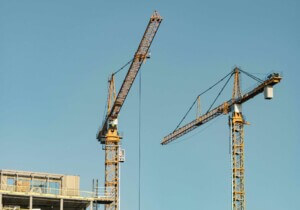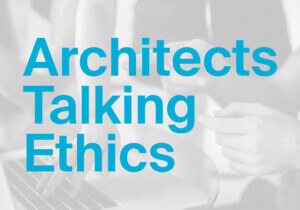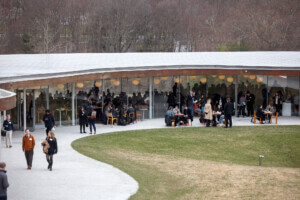Earlier this year the AIA’s Architecture Billings Index (ABI), an economic indicator published monthly by the AIA, was reporting decline after decline. It seems that downward trend, which turned around in May, has now entered a period of stable growth. Any score above 50 indicates an increase in billings: In June, the billings score was 50.1 while the latest score, for July, the score came in at 50.0, meaning the number of firms reporting an increase in billings in July is “equal” to that of June.
“This is the third straight month that billings at architecture firms have stabilized,” said AIA chief economist Kermit Baker in a press release. “New project work has been even stronger over this period. This suggests that design work may finally begin to increase over the coming months, although somewhat modestly.”
The AIA noted in its report that the number of new design contracts also remained flat, with a score of 50.0, indicating that firms are reporting less clients committing to new projects than in previous months.
In addition to reporting a national score the AIA also breaks down billings by region and building sector. As has been the norm the last few months, the Midwest continues to report the strongest growth, with a score of 51.6 making it the only region in the country to report a score higher than 50. Billings index scores for the other regions were West (49.6), Northeast (49.3), and South (48.9).
As for specializations, again commercial/industrial has come out on top with its “strongest billings growth in more than a year,” at a score of 52.7. In previous reports it was evident the specialization that continues to suffer the most—meaning, continuously reporting declines in billings—is multifamily residential.
Each month the AIA supplements the report with a survey question posed to respondent firms. For July, the professional organization asked architects to report on their firm’s current staffing levels. Fifty-three percent of firms said their firms are “appropriately staffed,” while 40 percent said their firm was “understaffed” and 7 percent of respondents reported overstaffing.
On top of the stable conditions reported by the AIA and architecture industry, in July the Conference Board’s Consumer Confidence Index, a general economic indicator of business conditions and likely developments for the foreseeable future, reported its highest score in two years. This is a welcome and optimistic outlook given the state of the economy the last few years.











